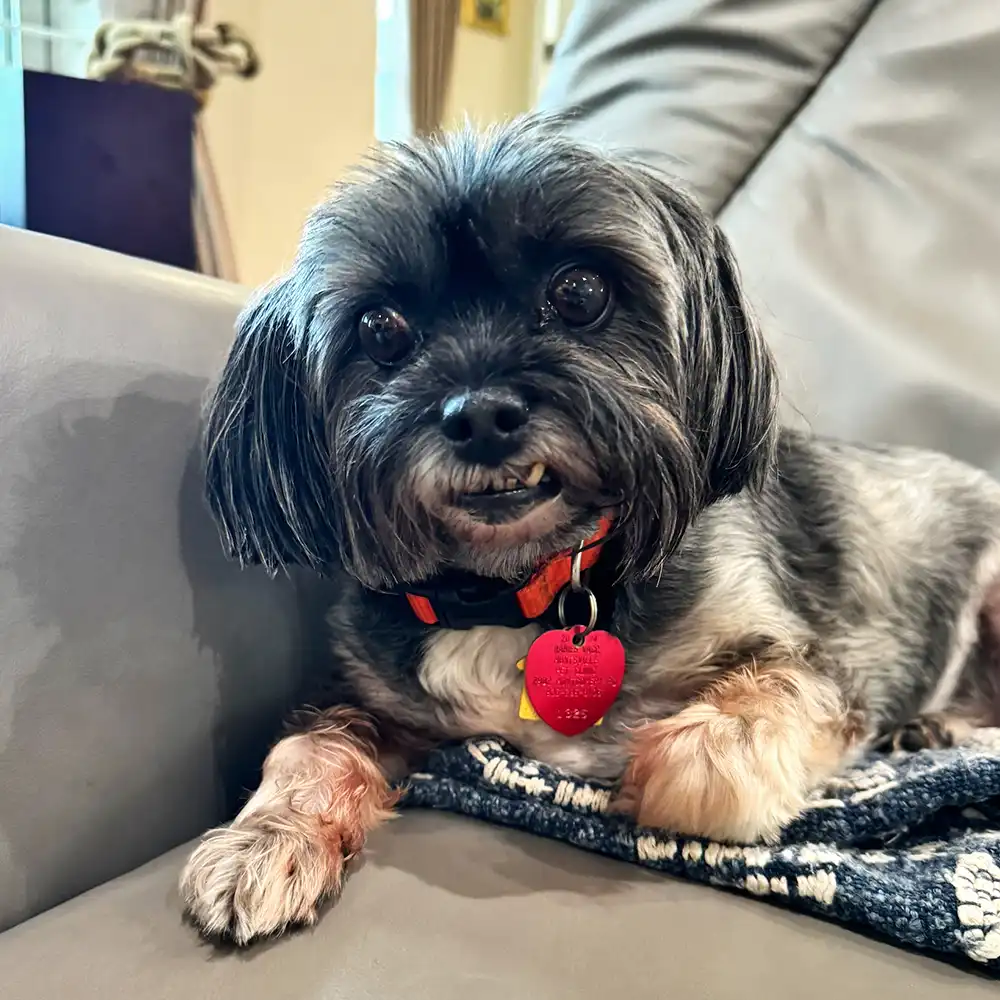404 Page Not Found
The resource you requested has moved or is not available.
We appreciate your patience as SHSU transitions to a new way of serving our community.
If you’re a prospective student and have reached this page in error, please contact us, and we will do our best to correct the page.
In the meantime, let our web pups make it better and try heading home— they’ll lead the way!

Current Faculty & Staff: Can’t find a page where it used to be?
Try checking the intranet at https://intranet.shsu.edu.
You may need to update your bookmarks—for example, change http://www.shsu.edu/dept/financial-aid to https://intranet.shsu.edu/dept/financial-aid.
If you are still having issues, please submit a Katalyst ticket with IT. Currents student, please contact the IT Service Desk at 936-294-1950 for assistance.
